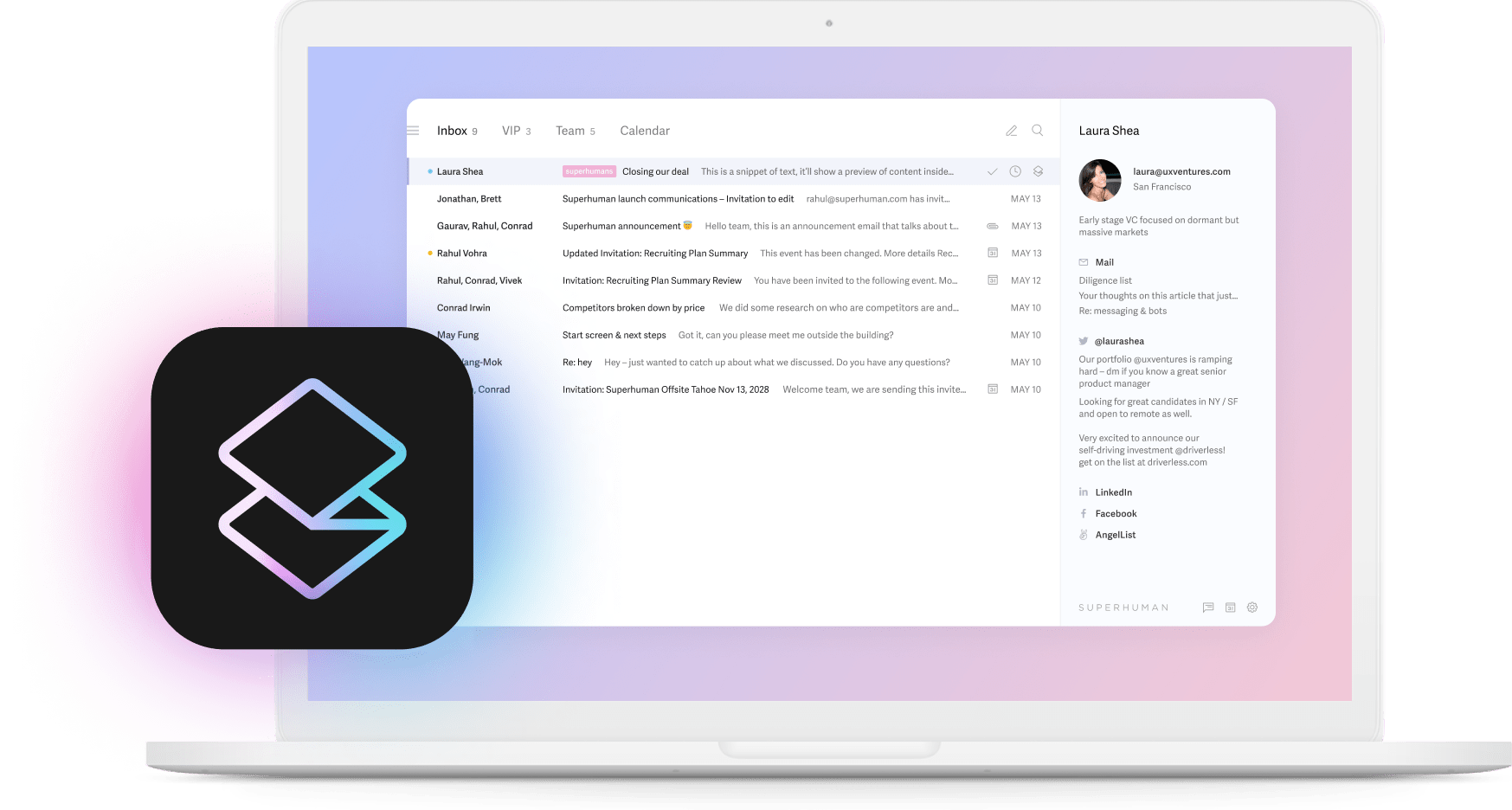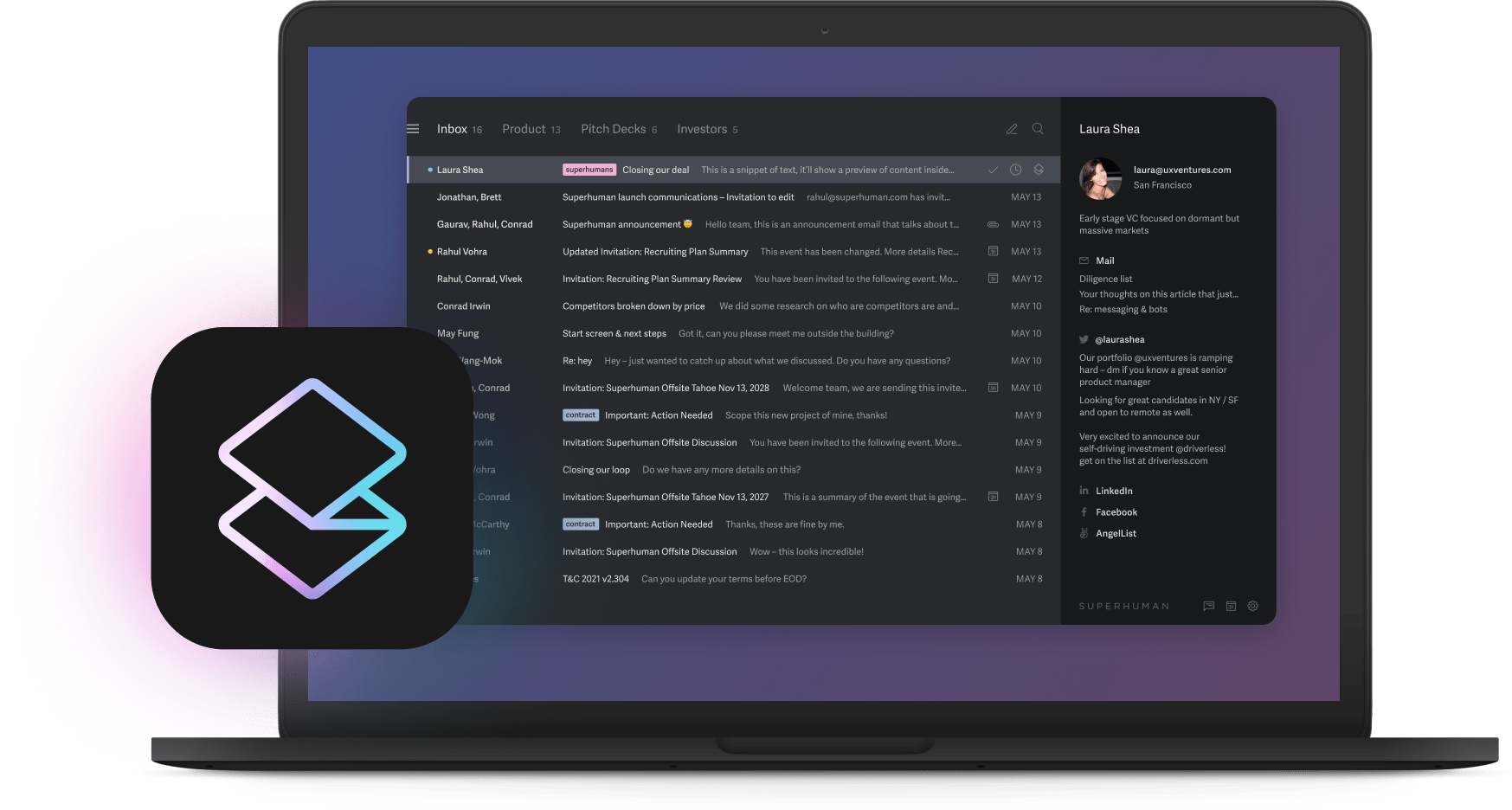
Something unprecedented is happening in startups. Midjourney makes $200M a year with 11 people. That's $18M per person. Most companies celebrate hitting $200K per employee.
You know what's even stranger? This isn't a fluke. The top AI-native startups all do this. They average $3.48M per employee while regular SaaS companies struggle to hit $200K.
Here's what we figured out. These companies didn't just slap AI onto their existing business. They built everything around AI from day one. Some literally operate with one person who doesn't feel understaffed because they're managing AI systems that do the work of entire departments.
Think about that for a second. One person. Managing what used to require 50 people.
What actually makes a startup "AI-native"
Most people get this wrong. They think AI-native means using ChatGPT to write emails or having a chatbot on your website.
Wrong.
Real AI-native companies can't function without AI. Take away the artificial intelligence and the whole thing stops working. The AI isn't helping humans do their jobs better. The AI is doing the jobs.
Here's a simple test. If you removed all the AI from the company tomorrow, would it still deliver value to customers? Traditional companies using AI tools would keep running, just slower. True AI-native startups would collapse because the intelligence is baked into everything they do.
Look at Perplexity. They don't have human researchers writing answers to questions. The AI generates unique responses for every single query. No humans involved in content creation. Remove the AI and there's no product left.
Four things that separate the real ones from the fakes
The system gets smarter automatically: Every customer makes the product better for everyone else. No human has to analyze feedback or decide what to improve.
Decisions happen without meetings: Pricing changes, feature updates, customer routing. All automatic based on data, not human judgment calls.
Better AI means better economics: As the models improve, costs go down and value goes up. Most businesses see costs increase with growth.
Tiny teams, huge results: We're talking fewer than 50 people generating millions in revenue. Some companies literally have one employee managing AI that replaces entire departments.
Five unfair advantages nobody can copy
They serve millions without hiring anyone
Traditional customer service is brutal. More customers means more tickets. More tickets means hiring more agents. More agents means higher costs. It never ends.
AI-native companies broke this cycle completely.
Midjourney handles millions of users with 11 people. Each person manages AI systems that do what hundreds of humans used to do. Customer requests, quality control, technical support. All automated.
The AI doesn't get tired. Doesn't take lunch breaks. Doesn't quit. Add a million customers and it keeps up perfectly. Try that with human employees.
Every customer gets a custom experience without custom work
Here's where it gets interesting. Traditional businesses face an impossible choice. You can scale or you can personalize. Pick one.
Want to customize for each customer? You need more people. More people costs more money. Want to serve more customers efficiently? Stop customizing and treat everyone the same.
AI-native companies said "screw that" and did both.
Perplexity gives every person a completely different answer to the same question. Millions of unique responses daily. No human writers, editors, or researchers involved. The AI processes everything in real-time and personalizes instantly.
Each customer gets a custom experience. Zero additional cost per customer.
They improve faster than anyone can compete
Traditional companies ship updates monthly if they're fast. Most take quarters. They have meetings about meetings to discuss what might be improved.
AI-native companies improve multiple times per day.
Their systems learn from every interaction automatically. Customer uses a feature wrong? The AI figures out how to make it clearer. Someone struggles with the interface? The system adapts.
While traditional companies are still scheduling meetings to talk about customer feedback, AI-native companies have already tested and deployed 50 improvements based on real behavior.
Each new customer makes them stronger
This might be the most unfair advantage of all.
Usually more customers means more complexity. More support requests, more edge cases, more problems to solve. Growth creates problems.
For AI-native companies, each new customer makes the product better for everyone else. More users means better training data. Better data means smarter AI. Smarter AI attracts more users.
It's a reinforcing loop that gets stronger over time. Competitors starting from zero can't catch up because they're racing against AI trained on millions of interactions.
Revenue grows while costs stay flat
Here's the math that changes everything.
Traditional SaaS companies sell software tools. Customers buy the tools then do the work themselves. Revenue grows linearly with customers, but so do support costs, implementation costs, success management costs.
AI-native companies don't sell tools. They sell results. The AI does the actual work for customers.
Serve twice as many customers? The AI handles it without breaking a sweat. Revenue doubles while costs barely increase.
That's how you get to $3.48M per employee instead of $200K.
How to build one yourself
Start with problems AI solves better than humans
Don't start with "how can we use AI?" Start with "what problems do humans solve badly?"
The best opportunities involve pattern recognition across huge datasets, real-time decisions under pressure, or personalization at massive scale. Humans are terrible at these things. AI is great at them.
Think about medical diagnosis. Doctors spend hours reviewing patient records and test results to spot problems. They miss things because there's too much information to process. They're slow because they can only look at one case at a time.
Perfect AI opportunity. Machines can process thousands of cases simultaneously, spot patterns humans miss, and never get tired or distracted.
Design your business to generate unique data
Your competitive advantage won't come from having better AI models. Everyone has access to the same foundational models now.
Your advantage comes from having data nobody else can get.
Build intelligence everywhere so every customer interaction teaches your system something new. How they use features, what makes them successful, where they get stuck, what they really want.
This becomes your secret sauce. Competitors can copy your product, but they can't copy years of customer behavior data that makes your AI smarter than theirs.
Make improvement automatic
Design your product so customer success automatically makes it better for future customers.
Every time someone accomplishes their goal using your product, the AI should learn something that helps the next person accomplish theirs faster or easier.
The best AI-native products get smarter invisibly. Customers don't need to provide feedback or rate their experience. The system figures out what's working and what isn't by watching what people actually do.
Organize around AI management
Most organizations are designed for humans managing other humans. That doesn't work when AI does most of the work.
You need people who can manage AI systems, not people who manage other people. Junior employees can oversee AI handling customer support, content creation, and data analysis because they're directing intelligent systems, not coordinating human effort.
This eliminates layers of management and approval processes that slow everything down. Teams move faster because they're working with AI that provides instant data and executes decisions automatically.
The numbers that actually matter
Forget traditional startup metrics. They don't apply here.
Track revenue per employee and aim for the AI-native benchmark of $3.48M instead of the traditional $200K. This shows whether you're getting real leverage from AI or just adding complexity.
Watch how often you ship improvements. Traditional companies deploy weekly or monthly. AI-native companies deploy multiple times daily because their systems learn and adapt automatically.
Monitor cost per customer interaction over time. If your AI is getting smarter, serving customers should get cheaper, not more expensive. Target $0.001 to $0.02 per interaction depending on complexity.
Track whether model improvements translate to business results. A 5% accuracy increase should create measurable revenue gains or cost savings. If not, you're optimizing the wrong things.
Companies that figured it out
Perplexity reimagined search
Perplexity gets 40 million monthly users with under 40 employees by generating personalized answers instead of generic search results.
Their secret? They know which information sources produce the best responses for different types of questions. This query-to-answer mapping improves with every user interaction.
More people search, better answers get generated, which attracts more people. The cycle reinforces itself.
They charge for value delivered through Pro subscriptions, not advertising revenue. Serving additional queries costs almost nothing once their AI infrastructure runs efficiently.
Midjourney democratized creative work
Midjourney generates over $200M annually making professional-quality visual content accessible to anyone.
Every user prompt trains their AI to understand artistic concepts better. Each generated image and user refinement improves the system for everyone else.
Competitors would need years of similar creative data to match their understanding of art, style, and user intent.
They distributed through Discord, eliminating traditional software sales friction while creating viral marketing through shared creations.
Jasper scaled brand voice
Jasper learns each company's writing style, tone, and messaging to generate consistent content across teams and projects.
Their AI analyzes existing company content to understand brand patterns automatically. No style guides or training required.
Network effects kick in as more companies use the platform. Diverse customers improve the system's ability to understand and replicate different brand voices.
Superhuman rebuilt email around AI
Superhuman didn't add AI features to email. They built email around AI from the start.
Auto Labels, Split Inbox, and intelligent prioritization aren't optional add-ons. They're the core experience.
Teams using Superhuman respond 12 hours faster and handle twice as many emails while saving 4 hours per person weekly.
Their AI learns from each user's email patterns to improve priority detection and response suggestions over time. This creates switching costs competitors can't replicate.
Try SuperhumanWhat most people get wrong
"You need your own AI model": Wrong. Most successful AI-native companies build on existing models. Your advantage comes from unique data and superior user experience, not model ownership.
"AI eliminates all human jobs": Also wrong. The best AI-native companies combine human creativity with AI efficiency. Humans focus on strategy and relationships while AI handles data processing and repetitive tasks.
"Only big companies have enough data": Completely wrong. Startups often outperform large companies by collecting focused, high-quality data instead of generic information across multiple areas.
Find data sources big companies overlook because they're too specialized or complex for their broad focus.
Why this matters
AI-native startups aren't just using better technology. They represent a fundamental shift in how businesses create and deliver value.
The opportunity isn't limited to new startups. Established companies can restructure around AI capabilities, but it requires rebuilding core processes rather than adding AI features to existing workflows.
The companies that figure this out first will have advantages that compound over time. The ones that don't will find themselves competing against businesses with fundamentally better economics and capabilities they can't match.





